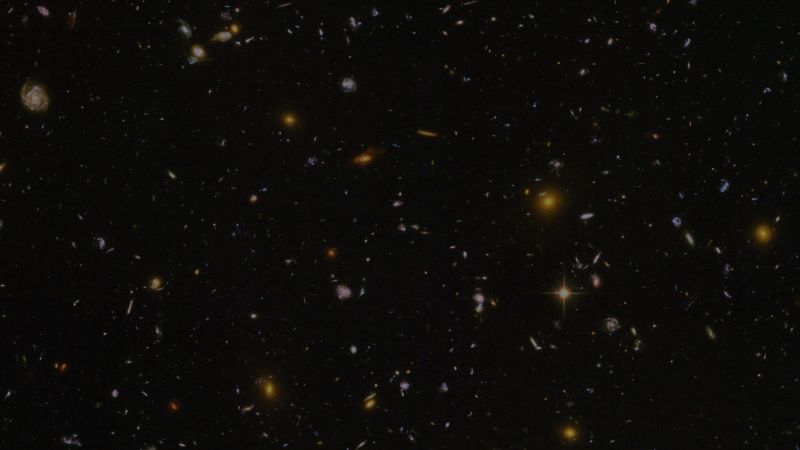Space debris management has always been a pivotal concern for NASA over the years. However, the recent incident of a piece of NASA’s space station trash not burning up in Earth’s atmosphere but ending up smashing through a Florida home has put new emphasis on the need for advanced strategies.
NASA has meticulously perfected its techniques of disposal for many years, leading to the generally accepted belief that the average piece of space debris will typically incinerate upon reentry into Earth’s atmosphere, thereby causing no harm. The predominant idea was that the atmosphere’s thick and friction-heavy layer would do the job of breaking down the debris into harmless particles by its sheer force and heat. However, the unexpected incident in Florida has flagged potential changes in this usually predictable incineration process.
On that fateful day, a piece of space debris believed to be detached from a space station managed to pace its way into a home in Florida instead of disintegrating as anticipated. The scene was nothing short of a surprise, sparking an immediate need to understand how and why this particular piece resisted the supposedly invincible atmospheric burn-up.
NASA’s novel approach encompasses tracking every piece of debris that is left behind by space missions. The system automatically evaluates the size, speed, trajectory, and potential risk factors of each fragment. NASA scientists initially believed that the piece in question was not large enough to survive the re-entry, and thus, it was presumed to burn up completely in the atmosphere.
However, when the debris landed in Florida, NASA scientists were taken by surprise. It raises concerning questions about potential gaps in our understanding of the atmospheric re-entry process. The incident further underscores the urgency for enhanced research into our Earth’s protective layer and the multiple variables at play that may see sizable space debris slipping through it.
The unexpected occurrence also sends ripples within the international space community concerning the current space waste management strategies. With more private companies entering the space race, the number of space missions is increasing. Consequently, it is safe to assume that the number of objects that become space debris might also increase, highlighting the need for an improved understanding and more sophisticated prediction models for the reentry of space objects.
In response to the unexpected event, NASA has pledged increased scrutiny of predictions concerning the re-entry of their space debris, furthering their commitment to public safety. NASA has bolstered its assurances of channeling more resources into rectifying and strengthening prediction models, aiming for a more foolproof way of tracking and containing such incidents.
The residents of the damaged Florida home, fortunately, faced no injuries in the incident – a significant silver lining in this otherwise alarming case. However, the incident certainly provided a wake-up call for NASA and all international space agencies, drawing attention to the need for novel strategies and solutions to keep both astronauts in space and Earth’s inhabitants safe from wandering space debris.
A mishap like this, while unwanted, is an opportunity for NASA to refine its systems and procedures. The real challenge now lies in preventing such consequences by reinforcing their current space debris methodologies while working towards innovative solutions in the ever-evolving world of space exploration. This recent incident may also encourage collaboration from different space agencies around the world, where collective efforts and shared knowledge are combined to address this monumental task. The future of space exploration will undoubtedly benefit from such collaborative attempts while guaranteeing the safety of Earth’s residents.




